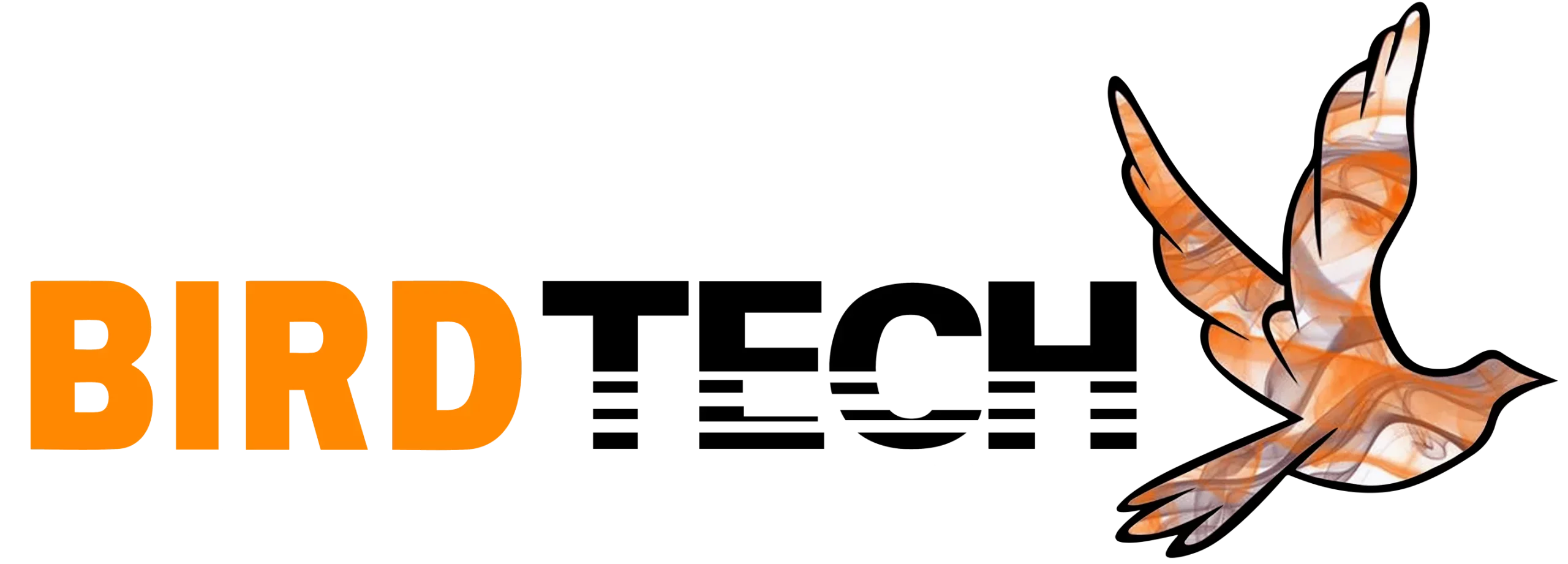Why use hawking to control pest birds?
Hawking is the use of trained falcons and hawks to control pest bird populations, such as pigeons and gulls. Hawks are used as a natural form of pest bird control because they are natural predators of other birds. It’s a humane alternative to other methods of bird control that are frequently used in urban areas.
A properly trained raptor will take up position at a site and repel other birds with its mere presence. The hawk is then trained to deter but not kill pest birds, which means they will swoop down and scare them away. Hawks have excellent eyesight and can see up to two miles away and can fly at speeds of up to 45 mph.
When should you use hawking as a form of bird control?
Hawking has many applications:
- Airports
- Waste facilities
- Fish farms
- Agricultural fields
- Stations
- Harbours / ports
Hawking can be used in combination with netting and spikes as an integrated bird control program. Hawking is nevertheless most effective when the bird is perched or roosting on a structure where netting or other deterrents are not practical.
What does a hawking bird control programme involve?
A hawking programme begins with a visit to your site by one of our bird handlers, who will assess your site and establish how many flights are needed and the most effective locations from which to fly to prevent birds from roosting. We then develop a schedule, varying the times at which flights are conducted to avoid the pest birds becoming accustomed to the hawk.
